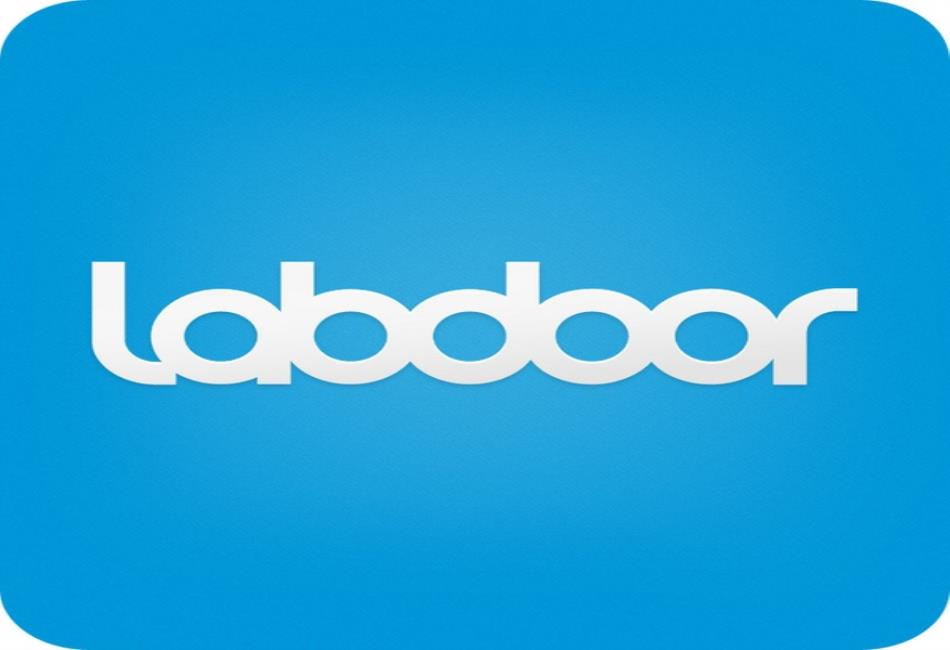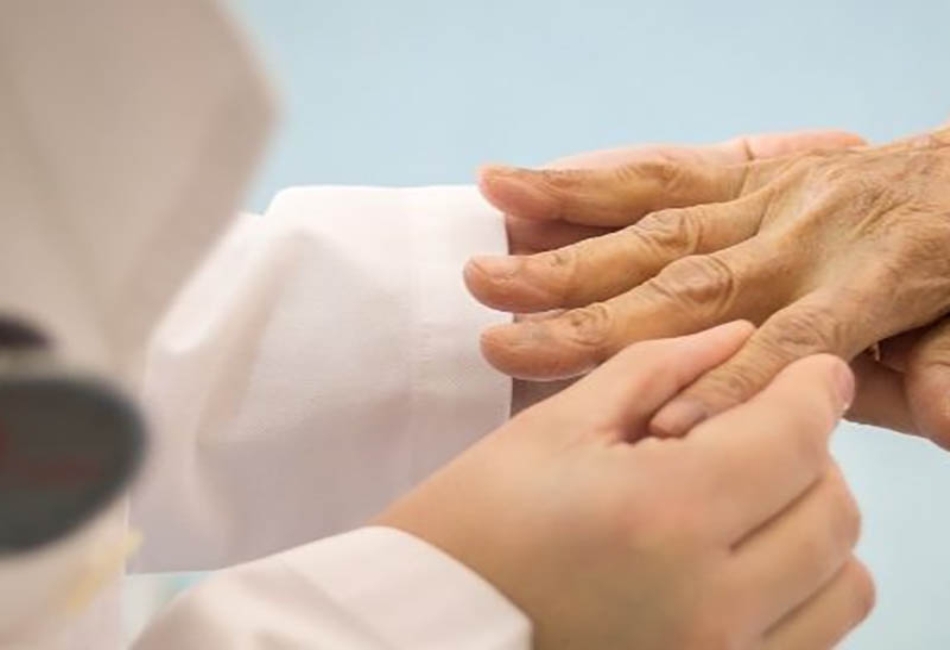Acne Scar Removal Singapore: Do you Need Surgery?
Acne scars form when inflamed lesions (like pustules, nodules, or cysts) damage deeper layers of skin and collagen. As your body heals, it may make either too much or too little collagen.
If your body makes too much collagen, you may end up with raised (hypertrophic or keloid) acne scars. If it makes too little collagen, you may be left with sunken (atrophic) scars like ice-pick, boxcar or rolling scars.
Acne scars aren’t dangerous in the medical sense. However, you may want to see a doctor for acne scar removal in Singapore if they cause discomfort, itching or affect your confidence and mental health if visible or extensive.
At the acne scar removal clinic, a specialist will assess scar type, severity and your goals before recommending treatments. Typically, you only begin acne scar removal after the acne itself is under control.
Can you Remove Acne Scars Without Surgery?
Acne scars don’t usually look good. To get rid of them entirely, one of the most common treatment options that may come to mind is surgery thus the frequently asked questions; can you remove acne scars without surgery?
The answer is yes! You can effectively fade and smooth acne scars without surgery. Non‑surgical options for acne scar removal tap into your skin’s healing process by creating tiny signals beneath the surface to encourage your body to produce new collagen. If you have sunken pits, they would fill out and raised scars would ease.
Over time and with proper care, you’ll notice a more even texture and tone. With that out of the way, here are some of the most effective non-surgical approaches for acne scar removal:
- Microneedling: Microneedling uses a device with fine needles to create tiny punctures in your skin. These micro-injuries kickstart your body’s repair process. As new collagen forms, shallow pitted scars start to fill out. Sessions usually occur every four to six weeks. You may feel mild redness and tightness, but downtime is brief.
- Radiofrequency Microneedling: This method combines microneedling with targeted radiofrequency energy to heat deeper layers of skin. The heat tightens tissue and spurs collagen in scarred areas. You feel a prickling sensation and slight warmth during treatment. A good provider will adjust settings to match your scar type. Expect mild swelling or redness that fades in days. This treatment is popular for boxcar scars.
- Non-Ablative Fractional Laser Resurfacing: Non-ablative fractional lasers send short light pulses into your skin without removing the top layer. These pulses create zones of controlled injury that trigger collagen growth below. You feel warm, tingling heat as the device moves over scars. Downtime is low—slight redness or swelling lasts a day or two. Treatments often fit into your schedule.
- Ablative Laser Resurfacing: Ablative lasers use intense light to vaporise outer skin layers and prompt regeneration. During the treatment, you’d feel a strong heat sensation and your skin chars slightly. Healing takes longer than non-ablative methods. You can basically expect several days of crusting, redness and tenderness. Over weeks, fresh skin emerges smoother and scars reduce. Your doctor may suggest one or two sessions for deep atrophic scars, spaced months apart.
- Pico-Second Lasers: These lasers deliver ultra-short pulses of light measured in trillionths of a second. These bursts break down scar tissue and stimulate collagen without harming surrounding skin. You might feel a rapid snapping sensation and see slight redness. Downtime is low with these lasers, usually a day of mild sensitivity. Many people find results after two to three sessions, with further improvement over following months.
- Chemical Peels: Chemical peels apply acids like trichloroacetic or salicylic to exfoliate top skin layers. The depth of peel varies by acid strength and concentration. Superficial peels need no downtime, while deeper peels cause peeling, redness and sensitivity for days. As old layers shed, fresh skin appears smoother and shallow scars fade. You might need several sessions spaced weeks apart to see lasting change.
- Dermal Fillers: Dermal fillers inject gel-like substances, often hyaluronic acid, to lift depressed scars. You feel a brief pinch as the provider places filler under each pit. The gel adds volume instantly to reduce the appearance of boxcar and rolling scars. Effects last six to twelve months before your body absorbs the material. You may get touch-ups every few months to maintain a smoother surface.
- Platelet-Rich Plasma (PRP): PRP uses platelets from your own blood to enhance healing. A small blood sample goes into a centrifuge to separate platelet-rich plasma. Practitioners apply PRP to scars, often with microneedling. Growth factors in platelets speed tissue repair and collagen production, which can smooth pits over time. You may get three sessions spaced one month apart. Downtime is minimal and you may experience slight redness and tenderness.
- Microdermabrasion: Microdermabrasion uses a machine to spray fine crystals or employ a diamond tip to gently abraide your skin’s surface. This process removes the top layer and can soften shallow scars and dark marks. You feel mild abrasion and possibly light suction. Downtime is low and you may only notice your skin pink for a few hours. You may need monthly sessions for best results.
How to Choose the Best Acne Scar Removal Method
As you have seen, there are several methods for acne scar removal. You don’t rely on surgery alone, which brings us to the next issue; how to choose the best acne scar removal method?
To find the best acne scar removal method for you, please visit an accredited acne scar removal clinic. There, you will find skilled skin or aesthetic doctors who can custom-tailor treatments for you.
To choose the best acne scar removal for you, a good doctor will begin by noting the type of acne scar you have whether it is sunken pits, boxcar or rolling scars, or raised keloids. They would then assess how old they are, examine your skin tone and sensitivity, plus any risk of pigment change.
They will ask how much downtime you can spare and what results you want and then review your health history and any medicines you take. Having gathered all that info, they will proceed to match each option to your needs.
If you have shallow acne scars, you might be recommended microneedling. If you have deeper pits, you may need laser or fillers, and raised scars may respond to steroid injections or silicone gel.
Sometimes providers combine methods to boost results and spread care over sessions. They may also run a small test area first.
It’s a Wrap!
You can definitely remove acne scars without surgery. To get the best results, we strongly recommend taking your time to find a skilled acne scar removal practitioner.
If you’re in Singapore, we invite you to book your free consultation at our clinic today and explore expert scar treatments tailored to your needs. Call or visit us at;
APAX Medical & Aesthetics Clinic (Bukit Panjang J10) – Acne & Acne Scars Clinic Singapore
1 Woodlands Rd, #02-11 Junction 10, Singapore 677899







